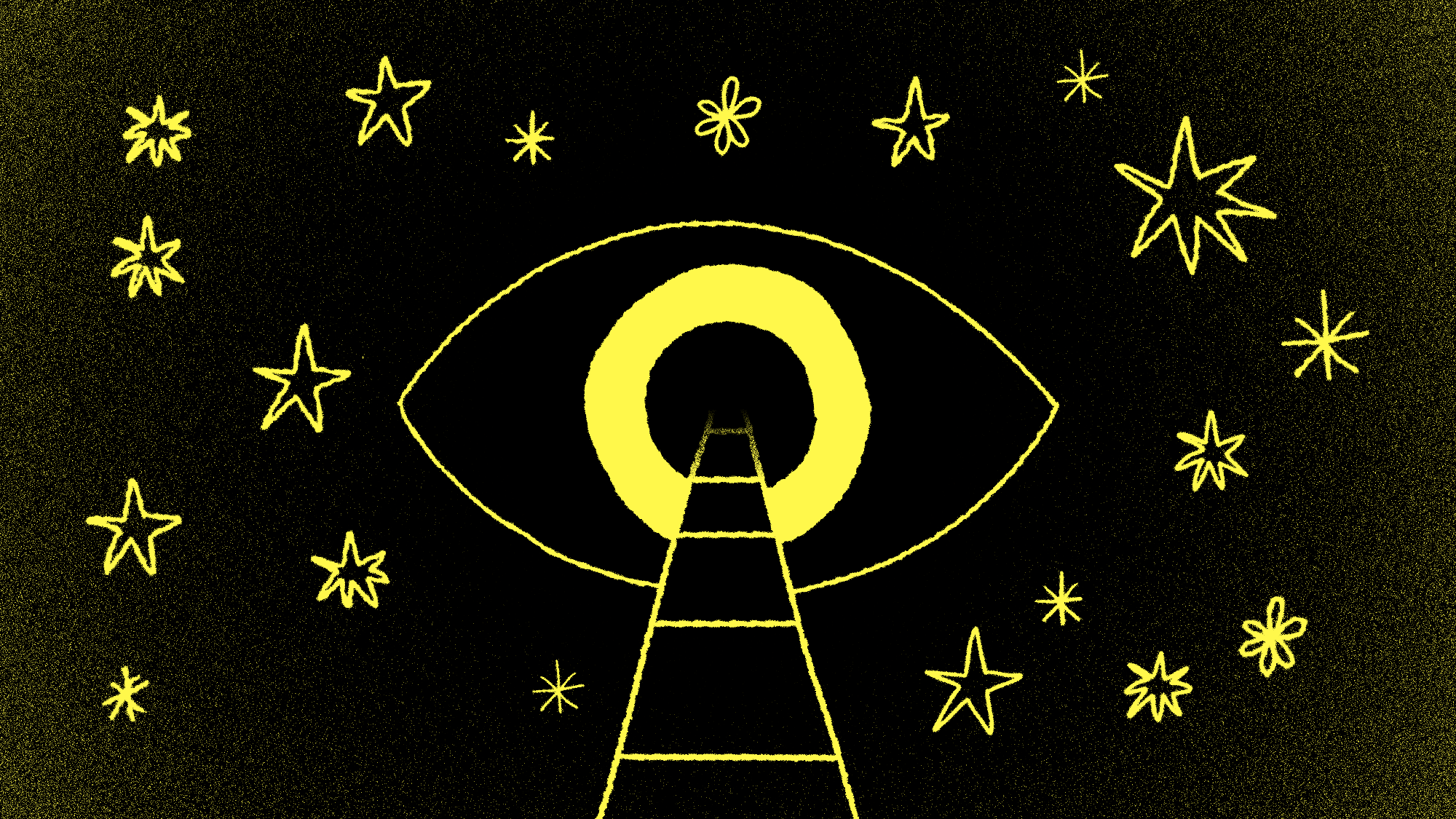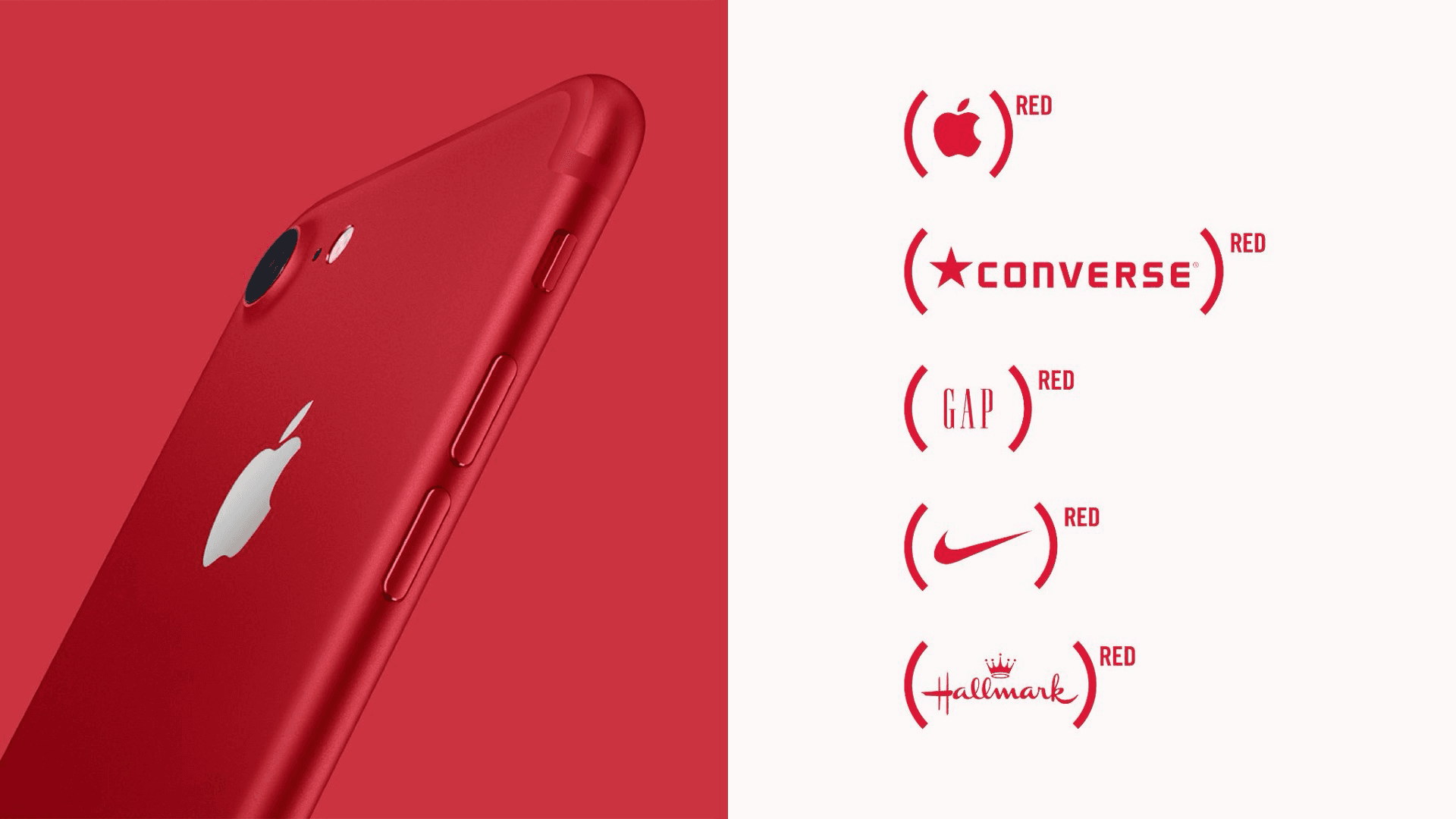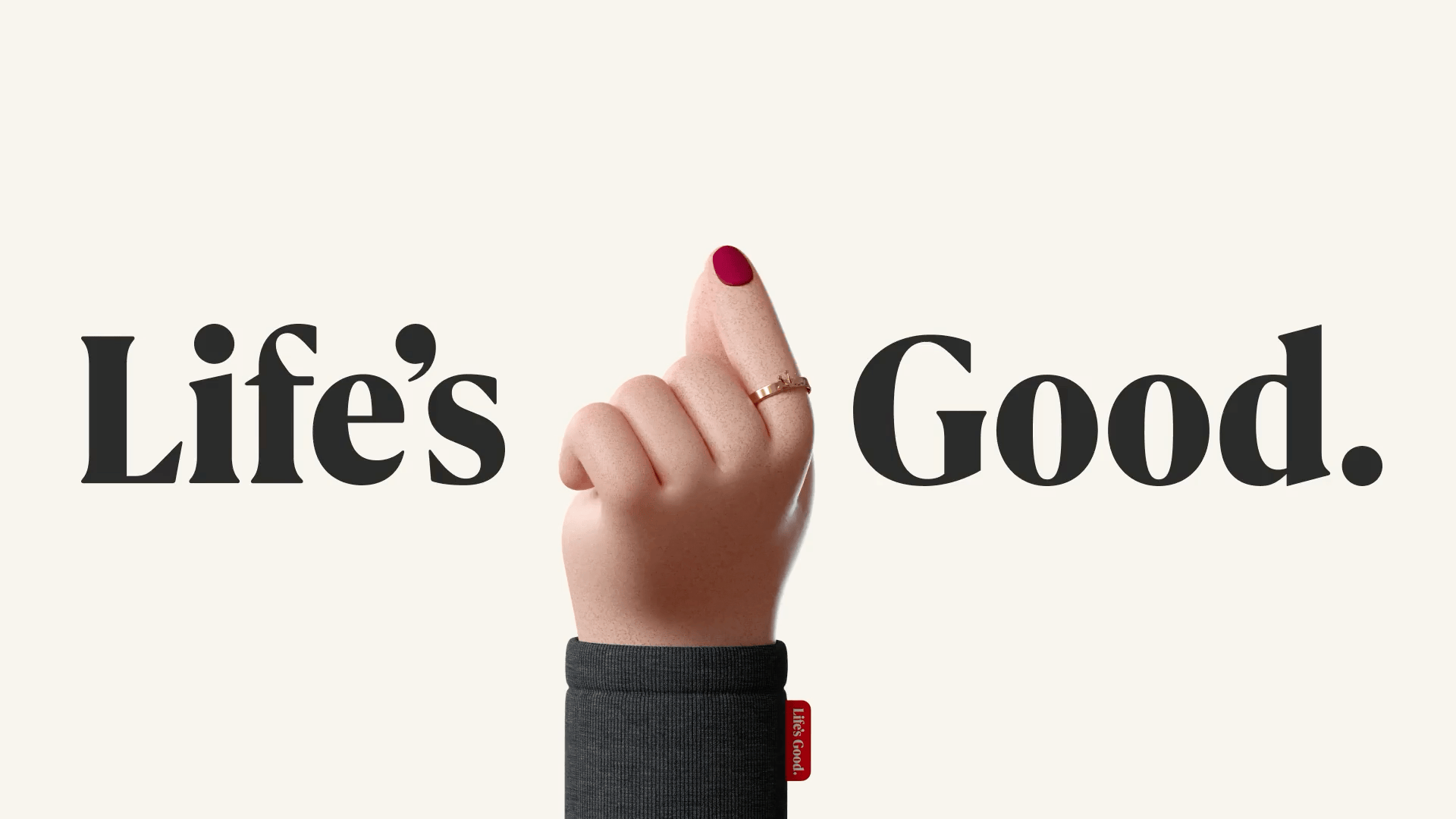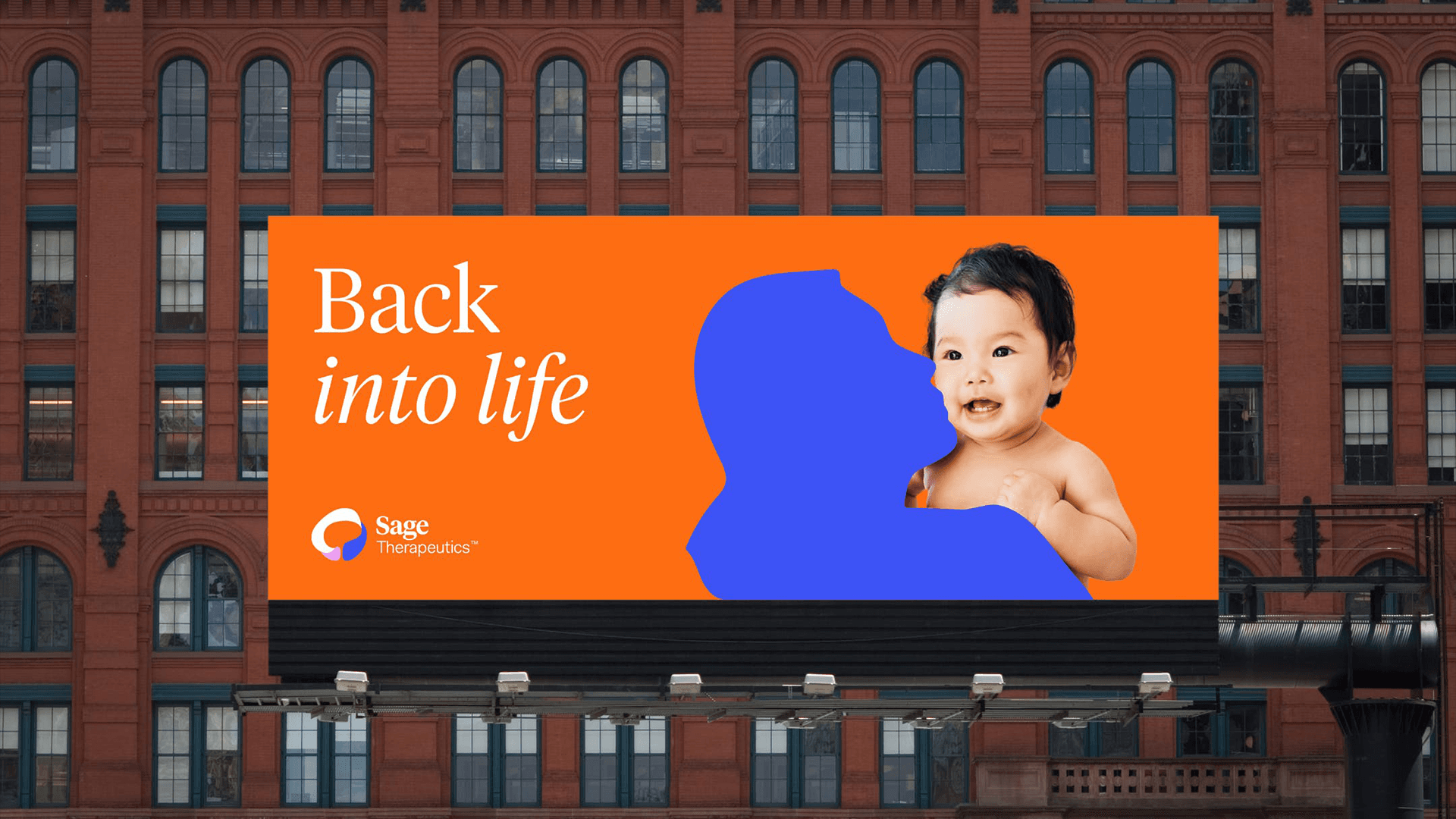
Inside
Optimistic for the world
Last time, we unpacked the ambition that sets Wolff Olins apart. Now, let’s take a closer look at something that in our book goes hand in hand with that: optimism.
In today’s world, optimism can sound naïve.
But for us, optimism has never been fluffy or wishful thinking. Or about shutting our eyes to reality. Far from it. For us, it’s the unshakeable belief that there’s always a better way forward, and the resolve to go and find it. It’s what keeps us curious, following the threads that no-one else is pulling and spotting potential where others might see a dead end.

This half of our mindset is what makes us so resilient in times of uncertainty and change. It means we don’t just ride out inevitable stormy periods, we lean into them and turn them into something new and different. Even better. And we do the same for our clients.
We’ve brought this approach to moments of leadership change, financial crisis, market disruption and strategic pivots. In each case, optimism means looking at what’s in front of us and asking: what could this become? The kind of approach that leaves you stronger than where you started.
Our optimism stretches beyond business though.
Long before “purpose” became trendy, we believed that brand should be a force for the “common good”. Yes, brand helps sell things - whether it’s sneakers or cloud software - but that’s only part of the story. The best brand work has the power to influence culture, changing the way people think, feel and act - for good.
Our work with (RED) is just one example of this in action, where brand helped drive both commercial success and societal progress.
In 2006, Bobby Shriver and Bono approached us with a simple yet radical idea: could global commerce help solve the AIDS crisis? The answer became (RED). A colour. A logo. A big idea: Conscious Capitalism. And an architecture system that literally embraces partner logos to the power of (RED). It sparked a movement. And, by redirecting a slice of profits from global brands, it raised hundreds of millions for the Global Fund for AIDS.

Being ‘optimistic for the world’ isn’t always about saving it, however. Sometimes, it’s just about spreading joy and making people smile. Karl Heiselman, CEO in the 2000s, had a real passion for this. He believed that brand should be emotionally rich, not just strategically tight.
“If you look at the identities we turned out during the noughties, there was this joyfulness”, explains Sam Moser who led our New York studio for several years. “Everything was bright and colourful and beautiful. It kind of made the world better - just by looking at it.”
This same spirit still shapes our work today.
Take LG Electronics. Most tech brands chase smarter, faster, sleeker. LG wanted something braver: to inject warmth, inspiration and soul into a famously cold category. Together, we shaped the philosophy of “emotionally intelligent design”, and turned every interaction into a reminder that “Life’s Good”.

Sage Therapeutics came to us with a different challenge. And a tougher subject matter. An innovative biopharma pursuing new ways to treat brain health disorders from postnatal depression to epilepsy, it needed a brand to match its mission: showing that seeing the brain differently can make a world of difference.
We designed a system to help tackle the stigma around brain health. No clinical clichés. No inaccessible imagery of neural networks. In its place, we built something much more human. A brand that helps people see and understand brain health differently - with more optimism.

So, for us, optimism isn’t fluffy or naïve.
Rather, it’s the conviction that the world can be better - whether that’s a business, a sector, or the world at large - and that we’re here to help make it happen. And it’s why our best brand work doesn’t simply sell, it drives positive change. It makes people smile. It adds to the total sum of human happiness.
Because in the words of ex-Chairman Brian Boylan: “Creating a new brand or undertaking a rebrand isn’t trivial. It’s about a fundamental change in direction and attitude. It’s a chance to create something original when it’s increasingly difficult to do so and to make things better than they were before.”
Next in our three-part series on the mindset that makes us: Unafraid to flip the script.